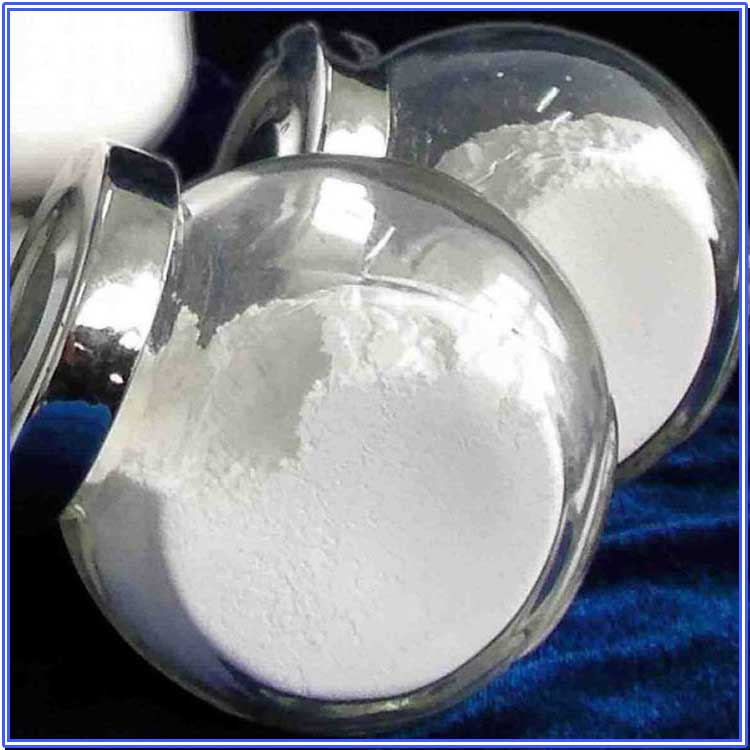Hebei Messi Biology Co., Ltd. stated that polyethylene materials are widely used in high-voltage transmission lines and industrial production. Polyethylene materials have become cable insulation materials due to their superior insulation properties, environmental friendliness and high cost-effectiveness. However, under the DC electric field, space charges are easily accumulated in the internal traps of polyethylene, resulting in increased local space charges, causing polyethylene materials to age and even breakdown. In recent years, the addition of nano-magnesium oxide particles can effectively inhibit the injection of space charges, so the addition of nano-magnesium oxide has become the main direction of current research.

Through research under the bulk structure system and the dual-probe structure system, the electronic structure and conductivity of nano-magnesium oxide-doped polyethylene are discussed. At present, high molecular polymers are common insulating materials for high-voltage transmission cables, such as polyethylene, cross-linked ethylene, etc., which are more common in use. The performance of composite materials can be improved by adding inorganic materials, montmorillonite, nano-oxidized particles, etc. When a certain proportion of additives are added to the composite material, the mechanical properties and electrical properties will be improved accordingly.
In 2006, the dielectric properties of LDPE/magnesium oxide nanocomposites were studied. In 2008, the spatial charge behavior of LDPE/magnesium oxide nanocomposites containing magnesium oxide nanoparticles of different particle sizes was studied under AC high voltage. In particular, the situation under high temperature and high power plant conditions was studied. The results show that between 30℃ and 60℃, in order to reduce the rate of increase of the electric field, the number of nanomagnesium oxide particles is gradually increased, and such an effect will be obtained. In addition, in order to reduce the distortion of the electric field and the injection of delocalized charges, corresponding research has been done on the particle size of nanomagnesium oxide particles. It is found that nano-magnesium oxide particles are significantly better than micron-sized magnesium oxide particles, and the effect is more obvious when a small amount of nanomagnesium oxide particles is used on the substrate.
The problem of spatial charge accumulation is significantly reduced by adding nanomagnesium oxide to polyethylene with the aid of EVA. While solving the accumulation problem, it is also found that this modification will improve the mechanical properties. When the addition amount of nanomagnesium oxide is 2wt%, a better effect can be obtained. At this time, the nano-magnesium oxide/LDPE composite material can effectively reduce the accumulation of space charge, and the effect is significantly lower than that of the single insulating polyethylene. The experimental results show that the cathode charge density in the composite material is reduced to 2.5C/m3, and the anode charge density is reduced to 3.5C/m3. In the experiment of breaking down direct current, it is found that the breakdown field strength of LDPE doped with nano-magnesium oxide is greater than that of undoped LDPE, and the maximum increase can reach 18.2%. In the AC voltage breakdown experiment, the same conclusion was obtained. In addition, the breakdown field strength changes with temperature, and the breakdown field strength decreases accordingly when the temperature rises.
